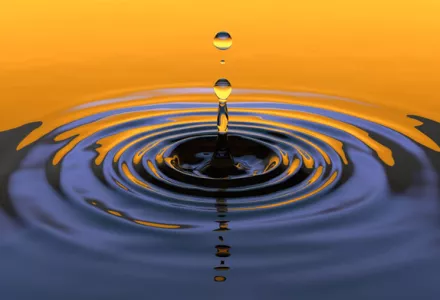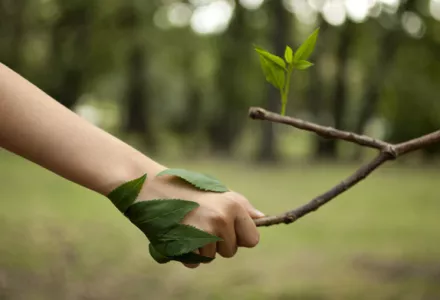North America enjoys much diversity in what it provides to gardeners for use in their gardening activities in the way of soil amendments and potting mixes. So many different names, types, and promises out there that quality becomes lost in the mix. Since selection of the roots new home is as important as choosing the plant itself, it would be better to keep an eye on the quality of the medium, and not let it drift to a ‘price only’ consideration. Yes, price does not always mean quality either.
Let’s start out with a simple look at what we are talking about. The range of products used in the industry runs from coarse, long fibered sphagnum peat moss to complex potting blends. All have or can have a purpose, but none are complete as a single raw material. The attempt is made to adapt materials into a suitable replacement for natural mineral soils, or, in the case of specialized plants such as orchids, replace and commercially supply an environment for them that closely approximate their preferred growing locations. To this end, several materials are adaptable to these purposes, some better and some easier to use than others. Peat moss forms the base of almost all potting blends available in North America.
Additional components included many things including composted bark (for porosity, bulk, and chemical attributes), leaf mold (fertility and organic complexes), perlite (for porosity), vermiculite (for nutrient holding, CEC), sand (porosity), Styrofoam (porosity), clay pebbles (porosity), bagase (sugar cane pulp), rice hulls, charcoal, lime (pH control), saw dust (not recommended), and many others. All of this adding up to creating a proper mineral soil substitute. Very little mineral soil is ever used in potting blends outside of sand, or, in some instances, organic rich topsoil. The denser the material, such as sand or clay, the more money it takes to ship so it has lost much of its popularity. When these items are combined correctly, then can form the base for a great soilless system for growing, and then fertilized to match the crop.

Bulk Mixes
The green industry in North America is very large and very diverse. Many views are held by growers all over as to how they can best produce a crop. Many different crops can also increase the number of combinations which could be desired by a grower.
Growers may prefer a different pH or a different porosity and getting special blends made is costly. The market developed basic mixes to be used as just that, a general purpose mix that can be altered to fit a growers needs. These are known as Bulk Mixes since they are always sold in volume. The individual components, such as sphagnum moss, peat, and bark, are also sold in bulk even on the retail market. The bulk mixes are what were known as a modified Cornel Mix consisting of 2 parts white peat 1 part perlite. To this, lime is added so that the pH is buffered to around 6.0 (if you are lucky) and sufficient trace elements are added to give an even pallet in their ratios to one another.
The lime for pH control is very seldom adequate to get past 3 months of growing, the fertility is nothing, and porosity is governed by the area of the field the peat came from plus the perlite. So what do you do?
Controlling pH
CANNA SUBSTRA is your choice, in either hard or soft water versions. CANNA SUBSTRA will provide the correct elements in the right ratios while helping control the pH and getting past the pH issue. The components in the nutrient mix will fill the CEC sites in the bulk mixes providing for the correct results. The CANNA TERRA line is designed to work with better pH buffering found in higher quality CEC mediums, and with a corrected and stable initial nutrient ratio. So, CANNA SUBSTRA for bulk mixes, usually sold in large bales of compressed mixes, and CANNA TERRA for the better quality mixes.















